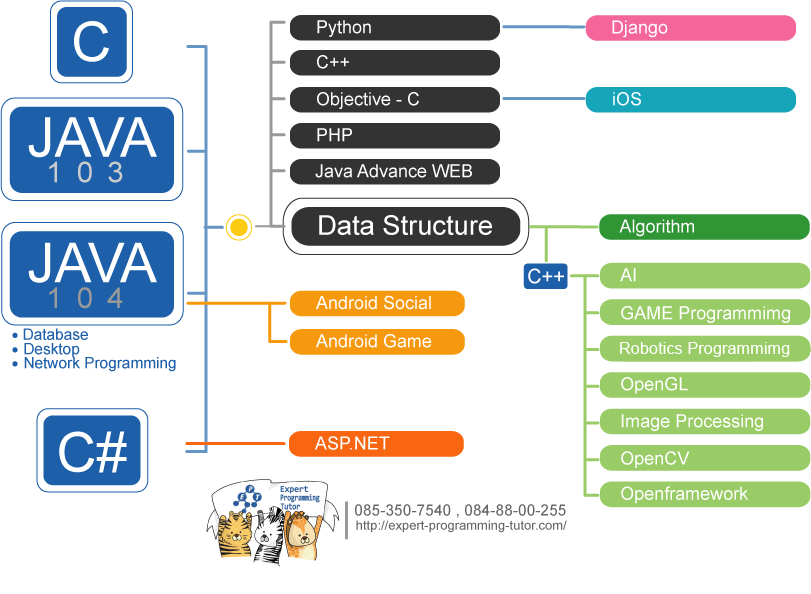ในโลกที่ข้อมูลมีความสำคัญมากขึ้นทุกวัน การจัดเก็บและค้นคืนข้อมูลอย่างมีประสิทธิภาพกลายเป็นสิ่งที่ท้าทายมากขึ้น ฐานข้อมูลเป็นเครื่องมือหลักที่ใช้ในการจัดเก็บและตรวจสอบข้อมูลนี้โดยเฉพาะ แต่บางครั้งการค้นหาข้อมูลภายในฐานข้อมูลขนาดใหญ่ย่อมซับซ้อนขึ้นกว่าการใช้เพียงคำหลักหรือคอลัมน์ครั้งเดียว นี่คือจุดที่ Full-Text Search กลายมาเป็นบทบาทสำคัญ
Full-Text Search เป็นเทคนิคที่ทำให้เราสามารถค้นหาข้อความภายในเอกสารหรือทรัพยากรข้อมูลอื่นๆ ในฐานข้อมูลอย่างมีประสิทธิภาพ โดยสามารถค้นหาด้วยคำเต็มหรือบางส่วนจากเอกสารได้ เทคโนโลยีนี้ช่วยให้การค้นหามีประสิทธิภาพและแม่นยำมากขึ้น ไม่ว่าจะเป็นในแอปพลิเคชันหรือเว็บไซต์ที่มีข้อมูลมากมาย
ภาษา SQL มีความสามารถในการใช้ Full-Text Search ได้ โดยใช้ส่วนขยายพิเศษ เช่น PostgreSQL จะมีคำสั่ง ts_vector และ ts_query ที่ใช้สำหรับจัดการและค้นหาข้อความ
-- สร้าง Full-Text Search Index ใน PostgreSQL
CREATE TABLE บทความ (
id SERIAL PRIMARY KEY,
หัวเรื่อง TEXT,
เนื้อหา TEXT
);
CREATE INDEX fulltext_idx ON บทความ USING GIN(to_tsvector('thai', เนื้อหา));
-- การสืบค้น Full-Text Search
SELECT หัวเรื่อง
FROM บทความ
WHERE to_tsvector('thai', เนื้อหา) @@ to_tsquery('thai', 'โปรแกรม | เรียนรู้');
ในตัวอย่างนี้ เราได้สร้างตารางที่เก็บข้อมูลบทความ และใช้คำสั่ง `CREATE INDEX` เพื่อสร้างดัชนีที่มีประสิทธิภาพสำหรับการค้นหา Full-Text เมื่อใช้คำสั่ง `SELECT` ร่วมกับ `@@` เราสามารถสืบค้นข้อความซับซ้อนในเนื้อหาของบทความได้
เทคโนโลยี Full-Text Search เป็นเครื่องมือที่จำเป็นสำหรับการจัดการข้อมูลในปัจจุบัน และสำหรับผู้ที่สนใจพัฒนาตนเองในด้านนี้หรือเรียนรู้เพิ่มเติมเกี่ยวกับการจัดการฐานข้อมูลขั้นสูง การศึกษาในสายที่ตรงนี้สามารถเปิดโอกาสให้คุณเป็นผู้เชี่ยวชาญในที่สุดได้
หากคุณสนใจในการเรียนรู้เพิ่มเติมเกี่ยวกับโซลูชันการจัดการข้อมูลที่ซับซ้อน พร้อมทั้งการใช้ Full-Text Search ในระบบฐานข้อมูลที่ทันสมัย ลองพิจารณาเรียนหลักสูตรที่ EPT ที่จะช่วยให้คุณก้าวสู่ความเป็นมืออาชีพในสายอาชีพที่คุณมุ่งหวังได้
หมายเหตุ: ข้อมูลในบทความนี้อาจจะผิด โปรดตรวจสอบความถูกต้องของบทความอีกครั้งหนึ่ง บทความนี้ไม่สามารถนำไปใช้อ้างอิงใด ๆ ได้ ทาง EPT ไม่ขอยืนยันความถูกต้อง และไม่ขอรับผิดชอบต่อความเสียหายใดที่เกิดจากบทความชุดนี้ทั้งทางทรัพย์สิน ร่างกาย หรือจิตใจของผู้อ่านและผู้เกี่ยวข้อง
หากเจอข้อผิดพลาด หรือต้องการพูดคุย ติดต่อได้ที่ https://m.me/expert.Programming.Tutor/
Tag ที่น่าสนใจ: java c# vb.net python c c++ machine_learning web database oop cloud aws ios android
หากมีข้อผิดพลาด/ต้องการพูดคุยเพิ่มเติมเกี่ยวกับบทความนี้ กรุณาแจ้งที่ http://m.me/Expert.Programming.Tutor
085-350-7540 (DTAC)
084-88-00-255 (AIS)
026-111-618
หรือทาง EMAIL: NTPRINTF@GMAIL.COM
